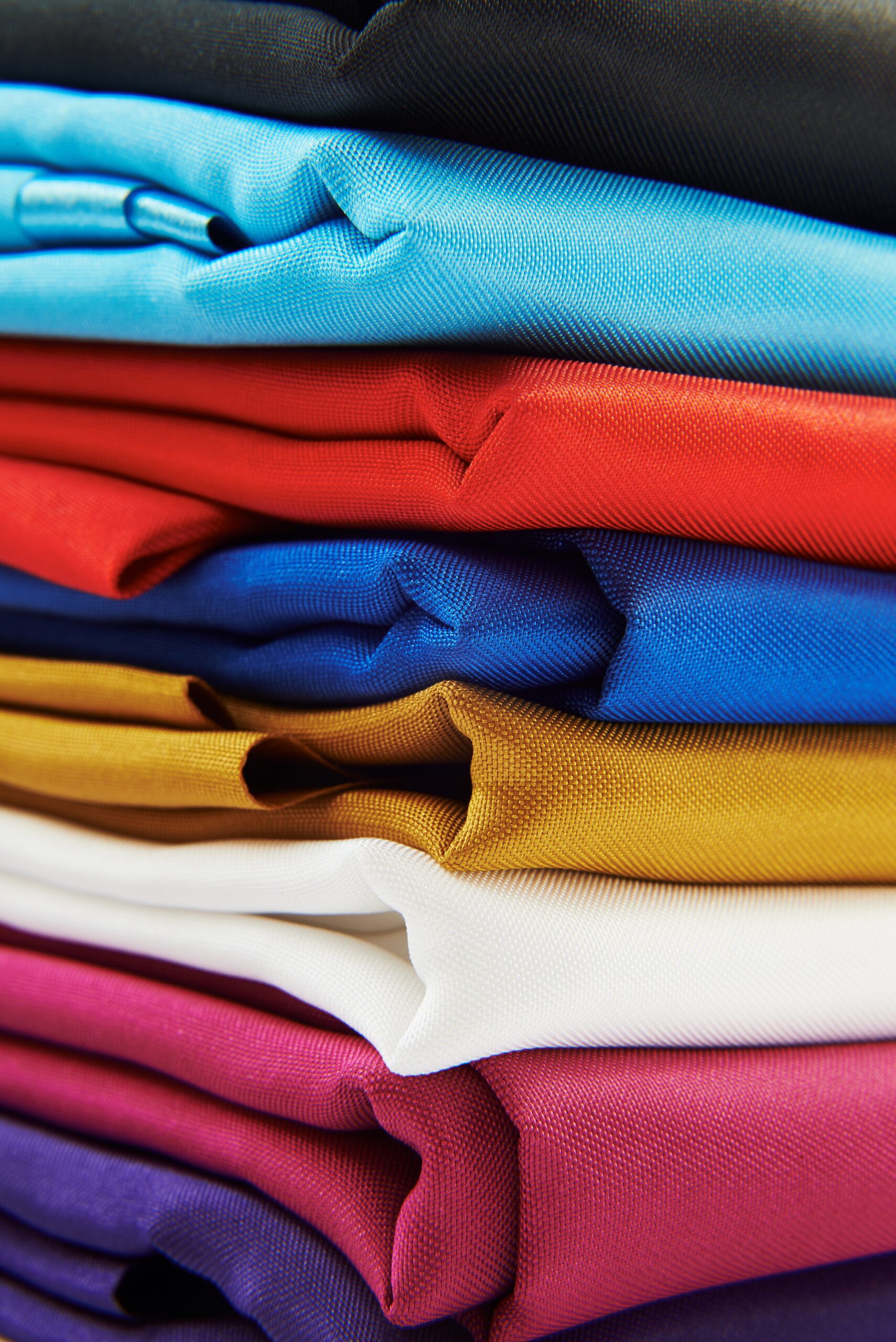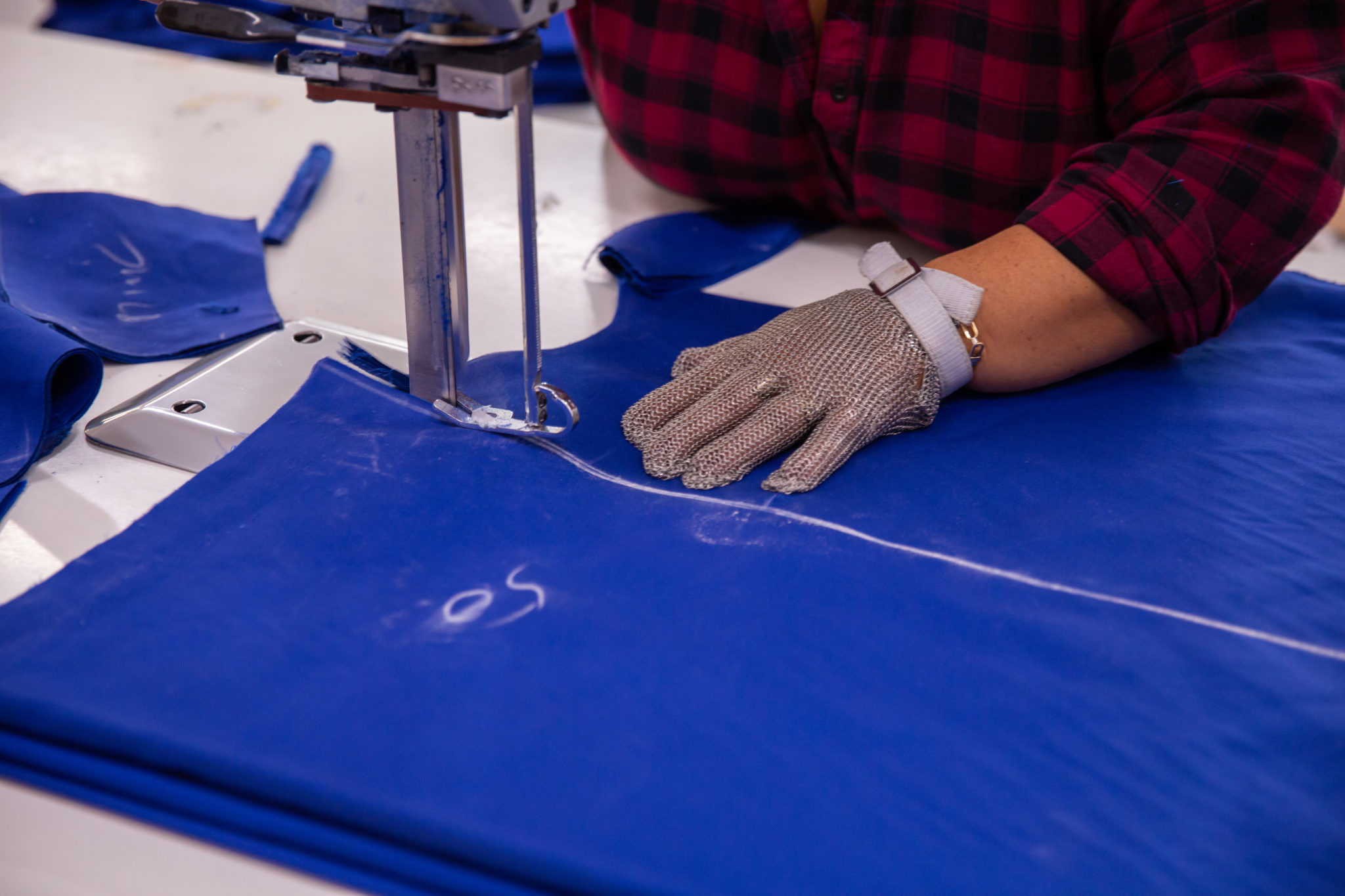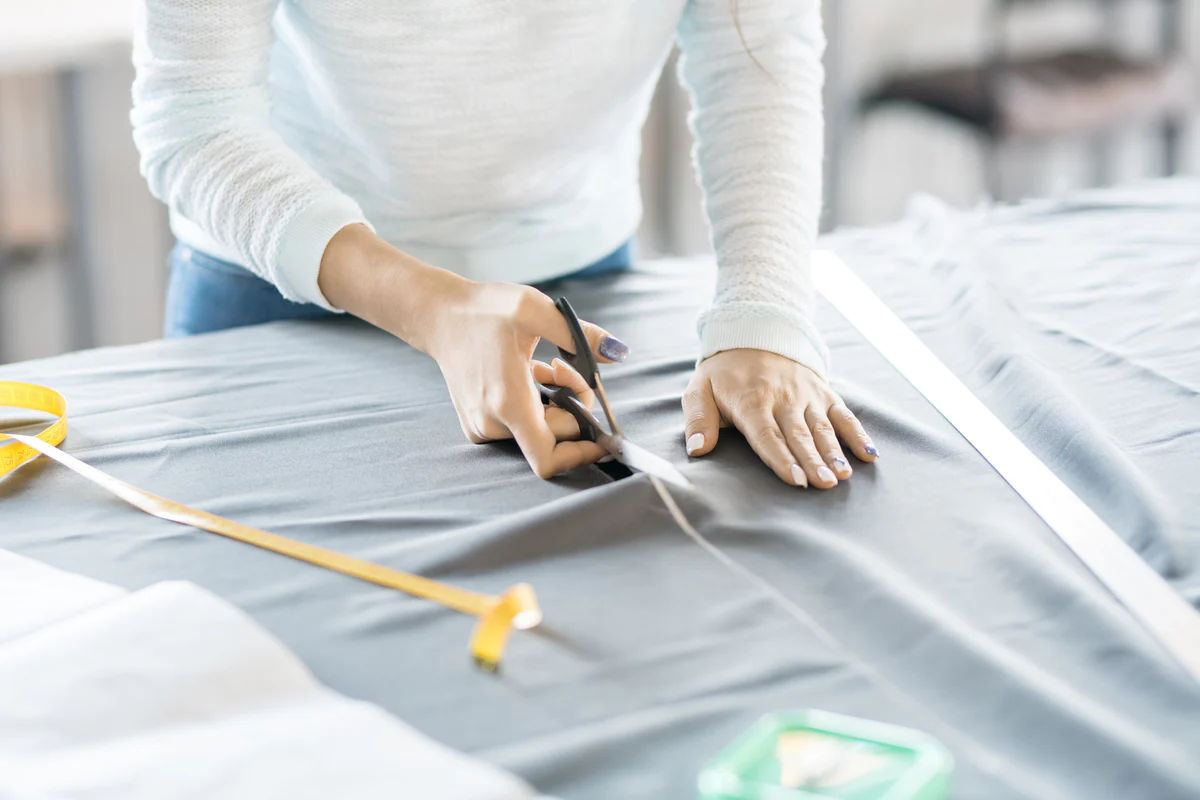The fashion industry is constantly evolving, and it is crucial for buyers to stay ahead of the curve. Managing margins while still meeting customer expectations is a delicate balancing act that is becoming even more challenging as material, labor, and shipping costs fluctuate.
Missing the mark on the customer’s quality expectations, could negatively impact brand loyalty, sending them straight to a direct competitor or the growing number of brands saturating the direct to consumer market.
A common misconception in apparel programs is that maximizing profit margins means sacrificing quality. This couldn’t be further from the truth. Every decision in the design process provides an opportunity to manage costs.
The Importance of Transparency and Ongoing Dialogue
 There are so many variables that can impact cost and quality of a garment, Stars Design Group CEO, Bret Schnitker says, “looking at this new paradigm, looking at this way to dialogue about expectations, understanding what a consumer is looking for, and partnering with experts in the field, I think is really important today.”
There are so many variables that can impact cost and quality of a garment, Stars Design Group CEO, Bret Schnitker says, “looking at this new paradigm, looking at this way to dialogue about expectations, understanding what a consumer is looking for, and partnering with experts in the field, I think is really important today.”
In order to get the most out of the garment, Schnitker says it is important to start with cost and work backwards. “We sit down with our clients and we dialogue about where do you need to be costed to maximize your margin. And then let’s talk about all the things we can put into the garment to achieve both this kind of cost margin objective, but also provide the satisfaction from a customer level.” Schnitker says.
Building a garment without regard for price, then turning to the factory to negotiate can be detrimental. The factory will likely cut corners on quality to obtain the price objectives, which could leave the brand with subpar garments that do not reflect their values or meet customer expectations.
Starting with cost gives both the buyer and manufacturing partner the opportunity to weigh each decision against the end expectation for the customer and make educated selections along the way, resulting in the best quality to meet pricing.
Making Sound Decisions About Apparel Fabrications
When it comes to fabrication of the garment, there are many ways to reduce costs while maintaining quality. There are options for every component in the process, from yarn, fabric, and dye qualities, to threads, stitch type, and trims that affect the final item. Each step can be modified to meet quality and pricing objectives.

To plan an effective apparel program, it is important to have both a strong understanding of the technical aspects of garment production, and knowledge of the end customer. If technical knowledge is lacking, the buyer should be willing to ask questions to gain clarity.
Schnitker says “having this open, digestible conversation with your manufacturing partner and saying, ‘Tell me the differences in quality. On the surface, these two fabrics look similar to me, and tell me what the end result is.’ Then you can further have this distillation about what that impact is on your customer for that fabric choice.”
A good manufacturing partner will explain the differences in fabric and ask the client deeper questions about their consumer to ensure the garment lives up to expectations. During the product development phase it is also important to keep in mind the costs that may be incurred after the product is sold that could impact profit margins.
For example, using fabrics that pill or shrink will lead to returns which reduces profitability. Working with a higher quality fabric may cost more, but the impact is minimal in comparison to the damage that could be done to the brand’s image, reputation and overall profitability by using inferior textiles.
Consistency will pay off, not only in quality but also quantity. Using the same fabric and trims across multiple items in the program can reduce costs, allowing buyers to maintain costing objectives while also receiving the benefit of consistent quality.
Each factory has its own set of competencies, a good manufacturing partner will have a diverse portfolio and be able to identify the best location to produce the garments to meet the end need. They will also have long standing relationships with factories that in some cases, can result in higher quality raw materials and production at a discounted rate.
Size Matters: Specifications and Consumption
 Another way to maximize profitability is through maximizing textile consumption. Having a solid understanding of the end consumer and their buying habits, and sharing that information with the manufacturing partner will help determine average consumption for the program. Smaller sizes will require less fabric than larger sizes, and sewing tolerances for each size will also impact consumption.
Another way to maximize profitability is through maximizing textile consumption. Having a solid understanding of the end consumer and their buying habits, and sharing that information with the manufacturing partner will help determine average consumption for the program. Smaller sizes will require less fabric than larger sizes, and sewing tolerances for each size will also impact consumption.
According to Schnitker, “A factory will lean all the way to a negative tolerance because everything has to have a tolerance to spec. Fabrics are organic and if they lead to a lesser tolerance and they manufacture everything a little bit smaller, you can actually incrementally eke out a lesser cost to the fabric.” Tolerances are not a one size fits all situation, it’s important to know where to use negative and positive tolerances. This can be accomplished by working with the manufacturing partner to solidify the components of cost.
Understanding the Impact of Logistics and Delivery Decisions on Apparel Manufacturing Costs
Shipping and freight has become a major component for the cost of a program, however there are ways to protect margins. Evaluating the differences in shipping and the associated costs, will help all brands make confident decisions that inform costing.
There are two types of shipping costs.
 FOB – Free on Board / a designation used to determine which party has responsibility for the payment of the freight charges and at what point title for the shipment passes from the seller to the buyer
FOB – Free on Board / a designation used to determine which party has responsibility for the payment of the freight charges and at what point title for the shipment passes from the seller to the buyer
Schnitker suggests, “If you’re buying FOB, negotiate FOB at ports of departure. Some people don’t really go into that detail and so a factory will quote FOB factory, and then you’ve got to figure out the trucking logistics to get it from the factory to the point and then from the port to your warehouse through customs.”
DDP – Delivery Duty Paid / The seller assumes all responsibilities and costs for delivering the goods to the named place of destination. The seller must pay both export and import formalities, fees, duties and taxes.
For most, Schnitker says DDP is usually the best option, “I think especially where freight rates have fluctuated wildly today, people that have negotiated effectively on a DDP warehouse cost have fared far better than those who have estimated a freight cost at FOB and woke up one day to realize that these costs are dramatically different.”
When comparing shipping costs from manufacturers, it is important to compare equally. One company may quote FOB, while another is quoting DDP. FOB may be a lower cost on the estimate, but there will be additional costs for the brand, which would impact the bottom line.
Conclusion
Don’t take costs at face value. Really lean into the details to determine if all the garment components meet the expectations of the end consumer. Work with a transparent manufacturing partner who is willing to dialogue about options and differences in each stage of garment production, and plan for costs that could impact profitability after the program is produced. Keeping all of these things in mind will avoid any surprises, which makes for happy bosses and customers. If you need assistance with manufacturing, Stars Design Group offers consulting options to help brands navigate the apparel manufacturing process.
 Denise Naughton is an Emmy award-winning producer and journalist who has worked in all sides of media. At Stars Design Group, Denise uses her journalism and production expertise in support of all media and communication outreach.
Denise Naughton is an Emmy award-winning producer and journalist who has worked in all sides of media. At Stars Design Group, Denise uses her journalism and production expertise in support of all media and communication outreach.

